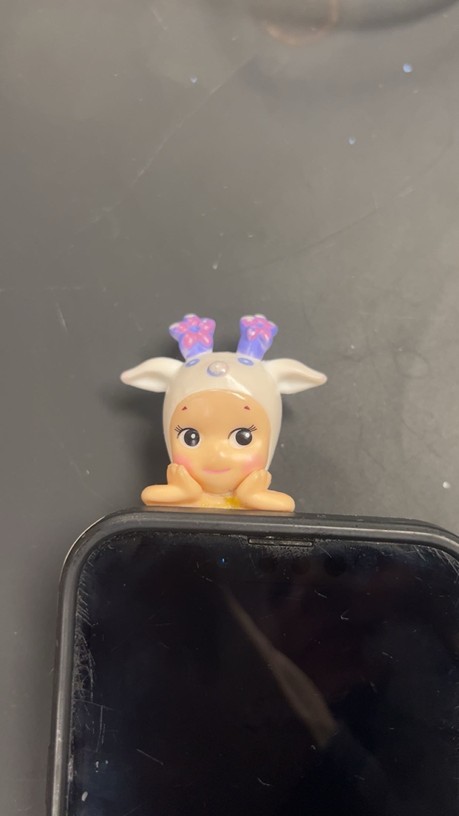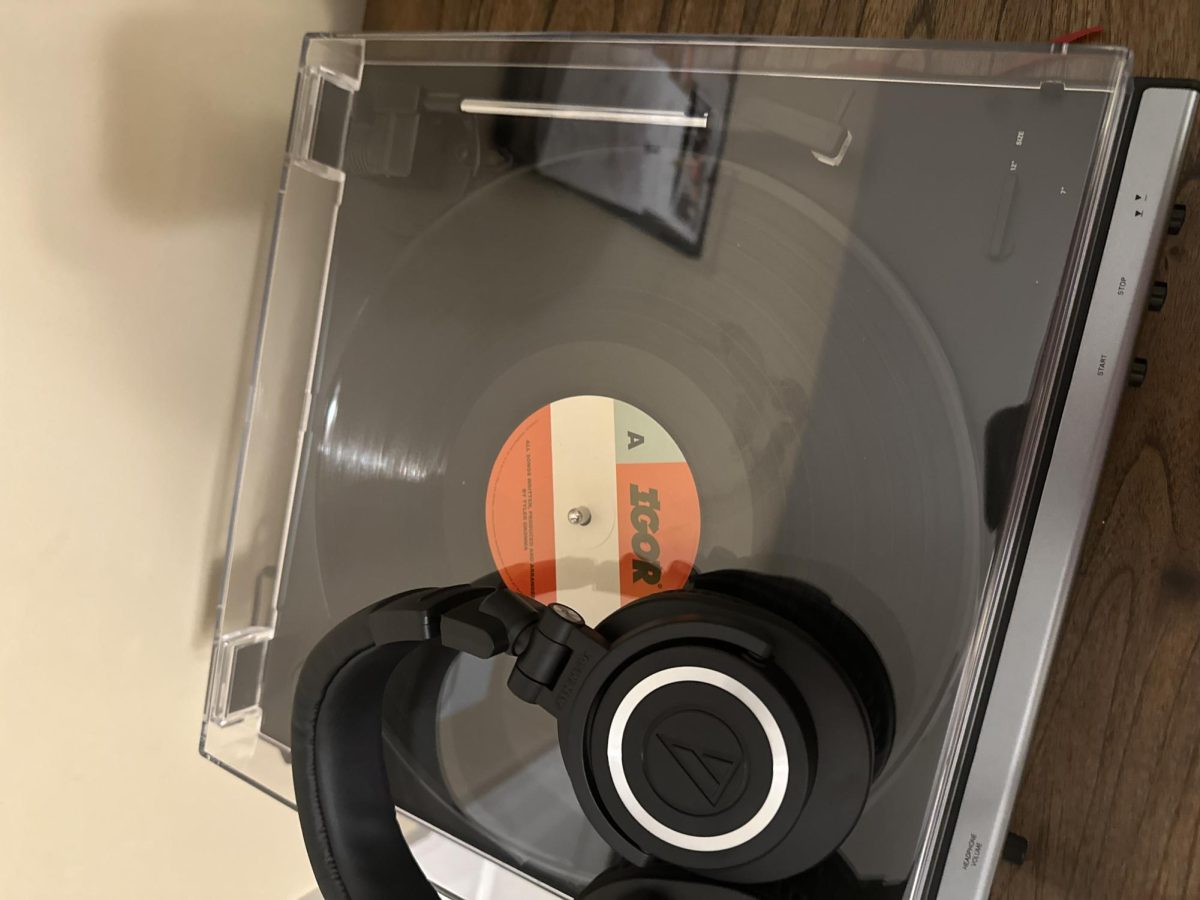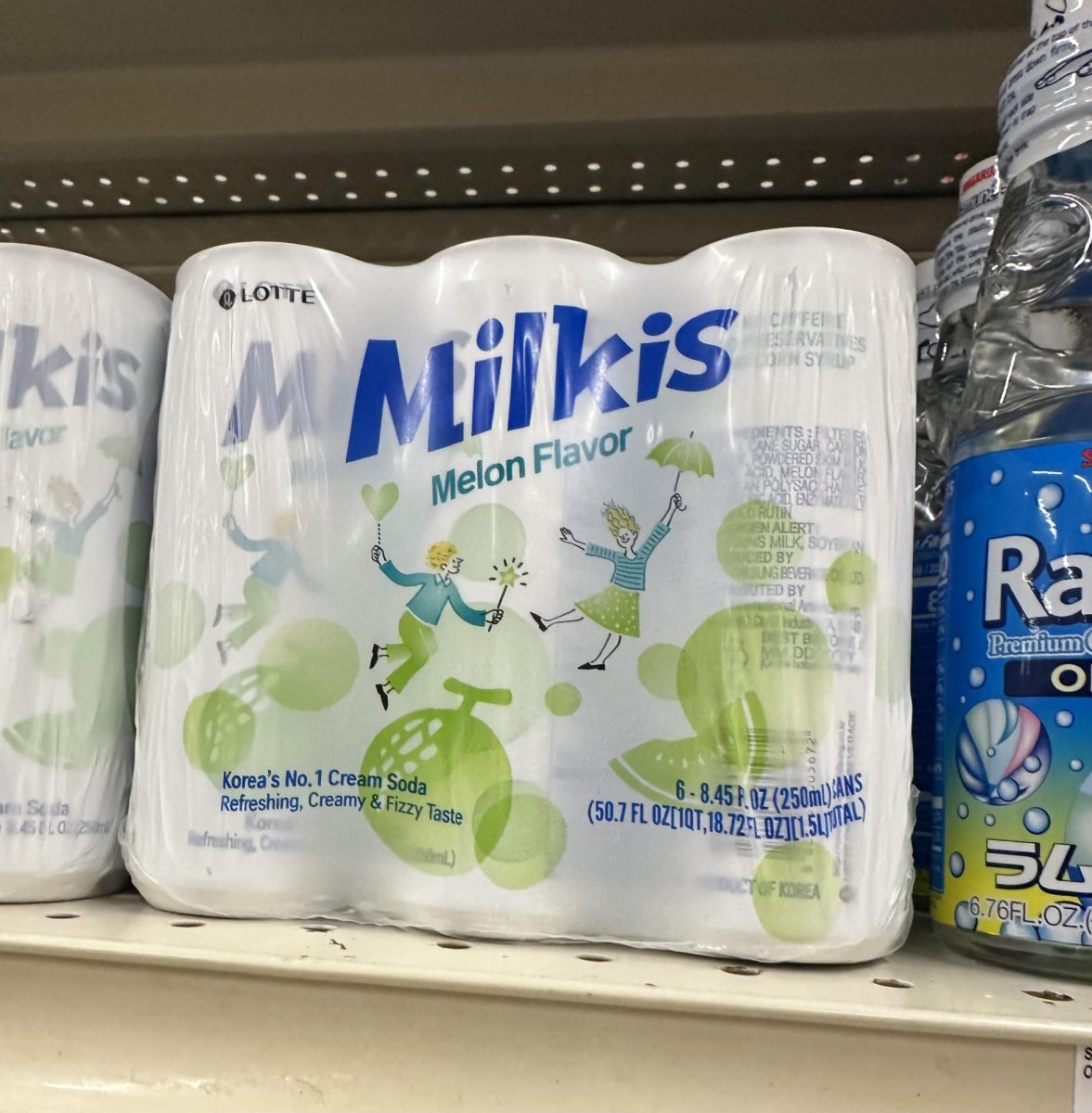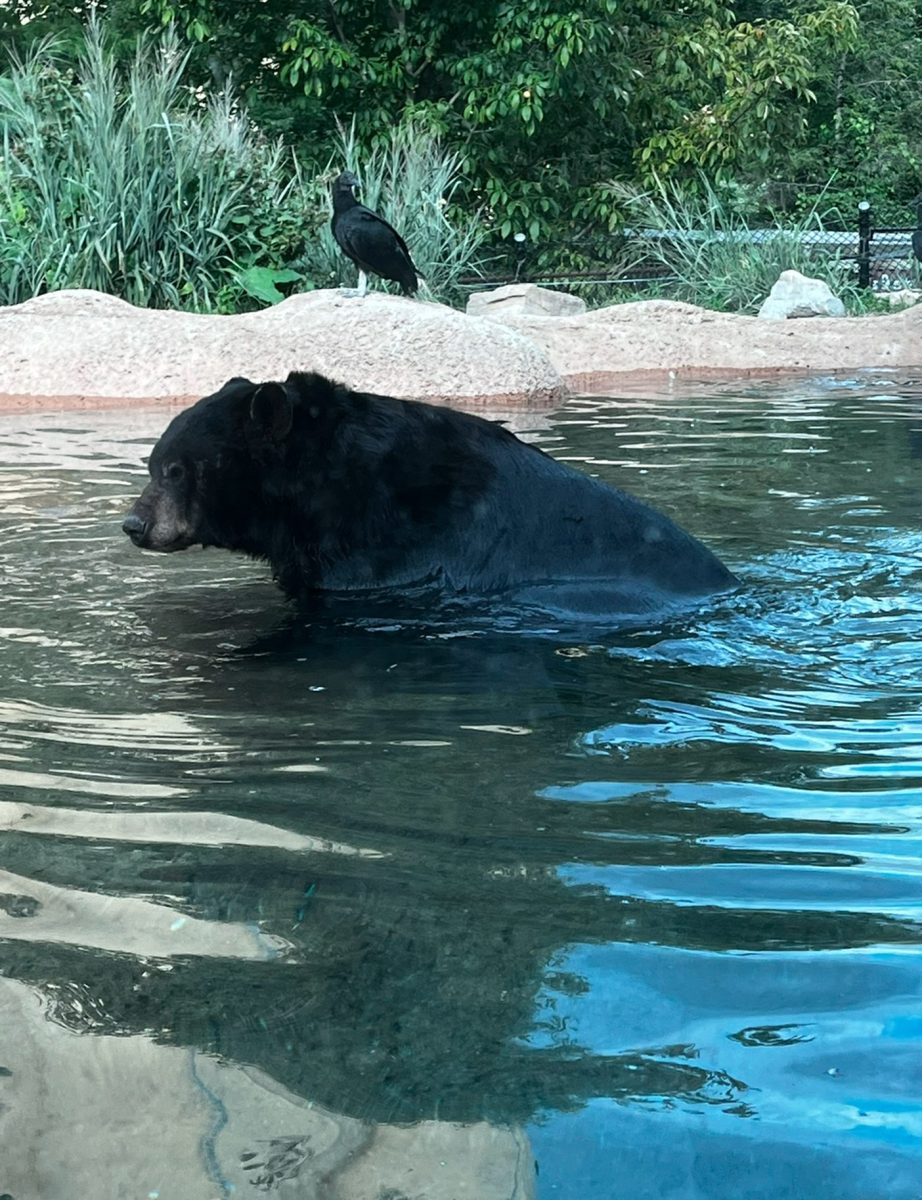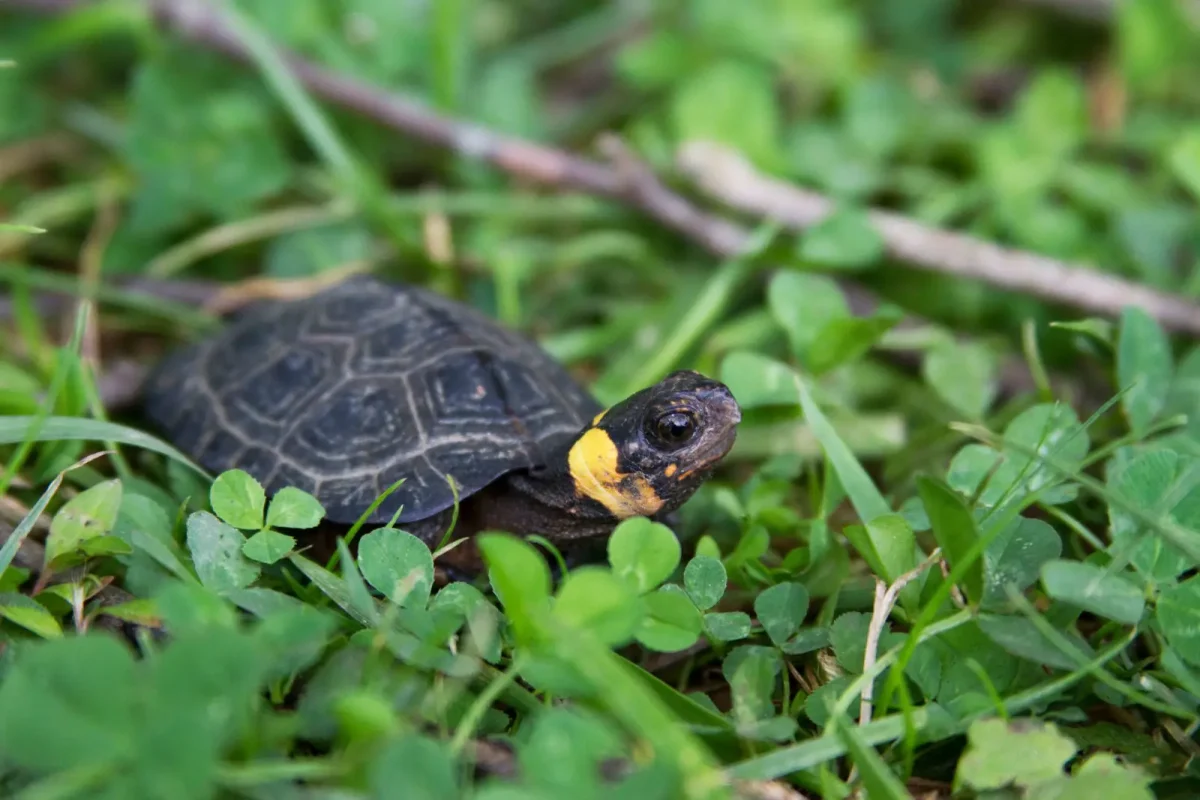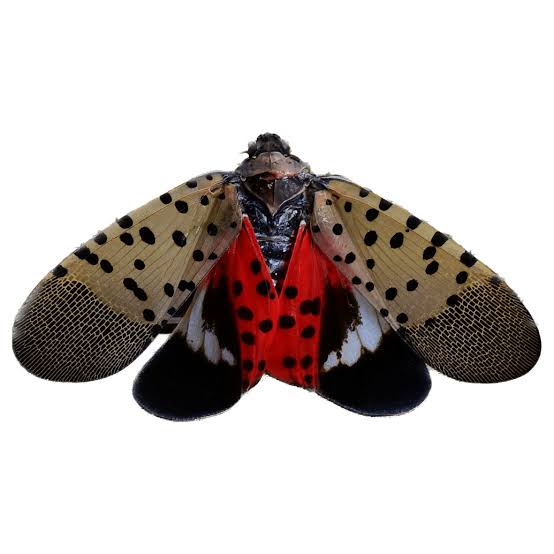
Many have noticed the rise of the population of spotted lanternflies and are frustrated by these annoying creatures.
Within a few minutes of stepping outside in the summertime it is guaranteed that you will have the unpleasant surprise of a spotted lanternfly landing on you or near you. Although they can’t sting or bite, they can still cause people quite the unexpected fright. Ava Arndt says, “They are extremely annoying and not very bright creatures.”-Grade 9
These invasive bugs are native to China, India, and Vietnam. They were first identified in the United States in 2014 in Berks County, Pennsylvania which is about 66 miles away from Lower Dauphin High School. Broderick Fisher said “I hate them, they are annoying and they are everywhere.” -Grade 9
The way spotted lanternflies spread the quickest is through when humans unknowingly take egg masses with them long distances through plants or firewood. The lanternflies have now spread to 51 of PA’s 67 counties.
Spotted lanternflies are harmful to plants; they feed on over 100 plant species by piercing their stems to feed on the sap, weakening the plants that they are feeding on. This can cause serious damage to the plant leading to oozing sap, wilting leaves, and dieback in trees, crops, vines and other various plants. Agriculture plants such as apples, hops, hardwood trees and grapes are harmed by this.
Spotted lanternflies are in eggs December-May soon after they emerge in about April as an instar stage and stay this way until August. In August they morph into adult stages and in December they lay eggs and the life cycle continues.
The spotted lantern fly can affect many families who farm in Lower Dauphin. When the lanternflies harm the plants such as grapes or apples, the families lose their crops and possibly their main source of income.
Spotted lanternflies need to be stopped. They are invasive, annoying, and harmful to our environment and farming families at Lower Dauphin. Squish them any chance you get.






